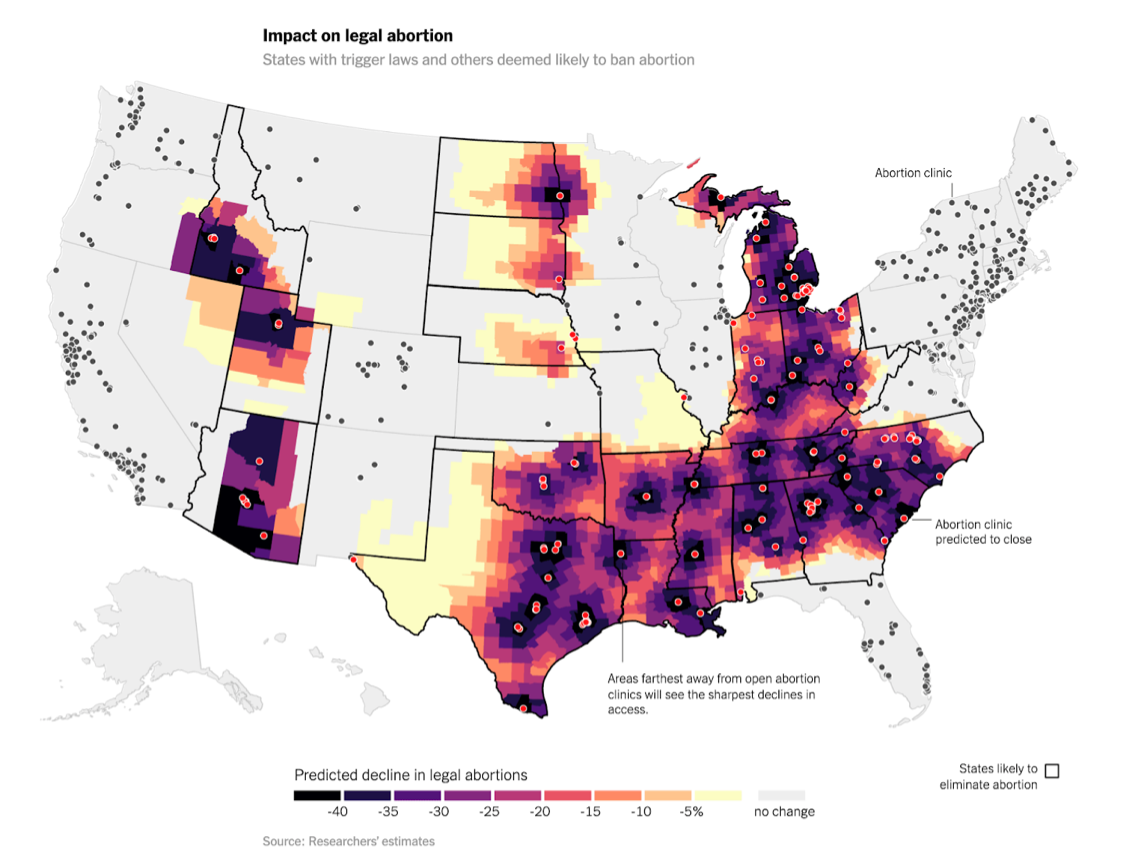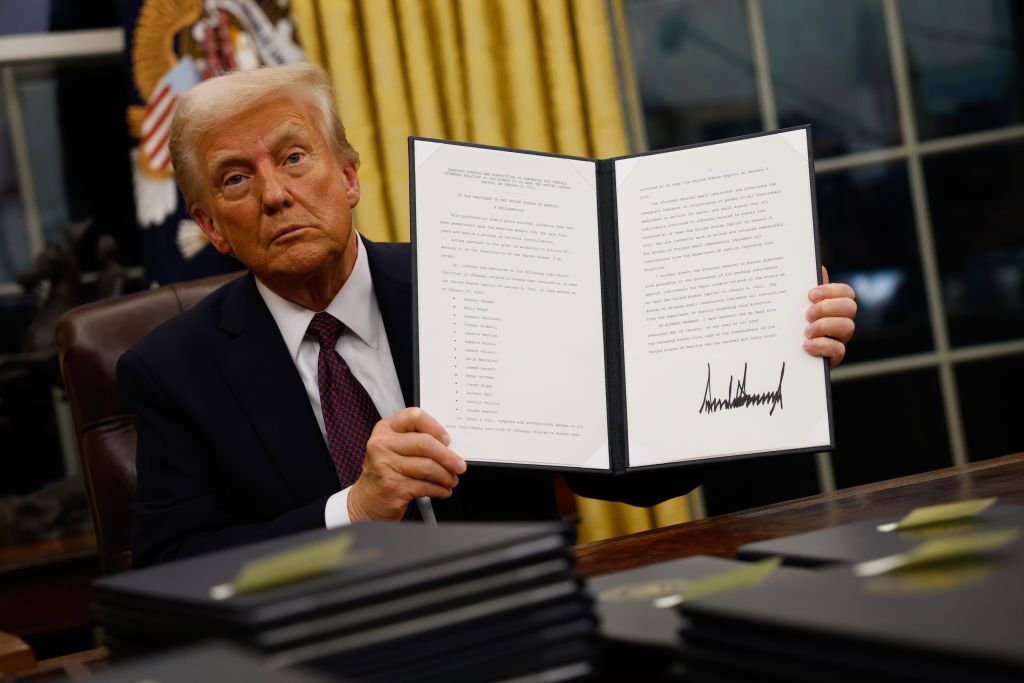Roe v. Wade was a Supreme Court case of the 1970s. Jane Roe (pseudonym) filed a lawsuit against Henry Wade, the district attorney of her county in Texas, to contest a Texas law that made most abortions illegal. She claimed that state abortion laws were too vague and interfered with her right to privacy (as protected by the First, Fourth, Fifth, Ninth, and Fourteenth Amendments), making them unconstitutional.
On January 22, 1973, The Supreme Court ruled in a 7-2 decision that restrictive state abortion laws were indeed unconstitutional. However, the Supreme Court did not agree with Roe’s assertion that abortion should always be allowed. In Justice Harry A. Blackmun’s majority opinion, he noted that only a “compelling state interest” justifies regulations limiting “fundamental rights” such as privacy and that legislators must therefore draw statutes narrowly “to express only the legitimate state interests at stake.”
In the decision, the Supreme Court aimed to balance the State’s interests in both the woman’s life and “the potentiality of human life.” The Court believed that the significance of these two factors changed in relativity throughout the pregnancy.
Hence, there are three parts to the Supreme Court’s 1973 ruling and subsequent law:
- In the first trimester of pregnancy (weeks 1 to 12), the state may not regulate the woman’s abortion decision.
- In the second trimester (weeks 13 to 26), the state may impose regulations on abortion that are reasonably related to maternal health.
- Once the fetus reaches the point of “viability” in the third trimester, or “capability of meaningful life outside the mother’s womb” (generally at 24 – 28 weeks), the state can regulate abortions. The state can prohibit them entirely, as long as there are exceptions for emergencies of the mother’s health.
Roe v. Wade, which passed almost 50 years ago, is currently in the news primarily due to the case of Dobbs v. Jackson Women’s Health Organization.
In 2018, Mississippi passed a law called the “Gestational Age Act,” which prohibits all abortions after 15 weeks gestational age (measured in weeks, from the first day of the individual’s last menstrual cycle), with few exceptions. Jackson Women’s Health Organization, the only licensed abortion facility in Mississippi, filed a lawsuit challenging the law. As a result, the district court prohibited Mississippi from enforcing the law since the state had not proven that a fetus would be viable at 15 weeks. As made clear in the Roe v. Wade decision, states are prohibited from banning abortions prior to viability. The law was obviously unconstitutional, but Mississippian lawmakers hoped the law would make its way to the Supreme Court and spark a reduction or overturn of the original Roe v. Wade decision. This, so far, has gone to plan.
In May 2021, the Supreme Court agreed to review this decision of the Mississippi district court. The conservative majority (6-3) Supreme Court will consider one question in the case, Dobbs v. Jackson Women’s Health Organization: whether all pre-viability abortions are unconstitutional. The decision is expected in mid-2022.
If the Supreme Court rules that not all pre-viability abortions are unconstitutional, there are 21 states that will likely attempt to ban abortions (US News), and another five will consider a ban. Of the 21 states who will ban abortions, 12 have “trigger laws” that will ban abortion immediately if Roe v. Wade is overturned. An overturn would once again return power to the states when making abortion laws, as was the case before 1973.
This will have extreme effects on accessibility to abortions. Today, there is at least one abortion clinic in every state, and most people live within about an hour’s drive of one. If Roe v. Wade is overturned, roughly 25 million individuals with childbearing reproductive organs of reproductive age live in states where they are likely to lose abortion access. This puts legal abortions inaccessible for about ⅓ of people ages 15 – 49 who might need them.
As for Pennsylvania, there is no trigger law; this will potentially make Pennsylvania a destination state for abortion-seeking individuals from other states where abortion is set to be banned, like West Virginia and Ohio. The estimated increase of abortion demand in PA is 1,000% – from 170,000 to 2.1 million. Additionally, poverty makes abortions less accessible, and when one seeks but cannot receive an abortion, they are more likely to fall into poverty. If Roe v. Wade is overturned, it will have the most effect on those who cannot afford it.











